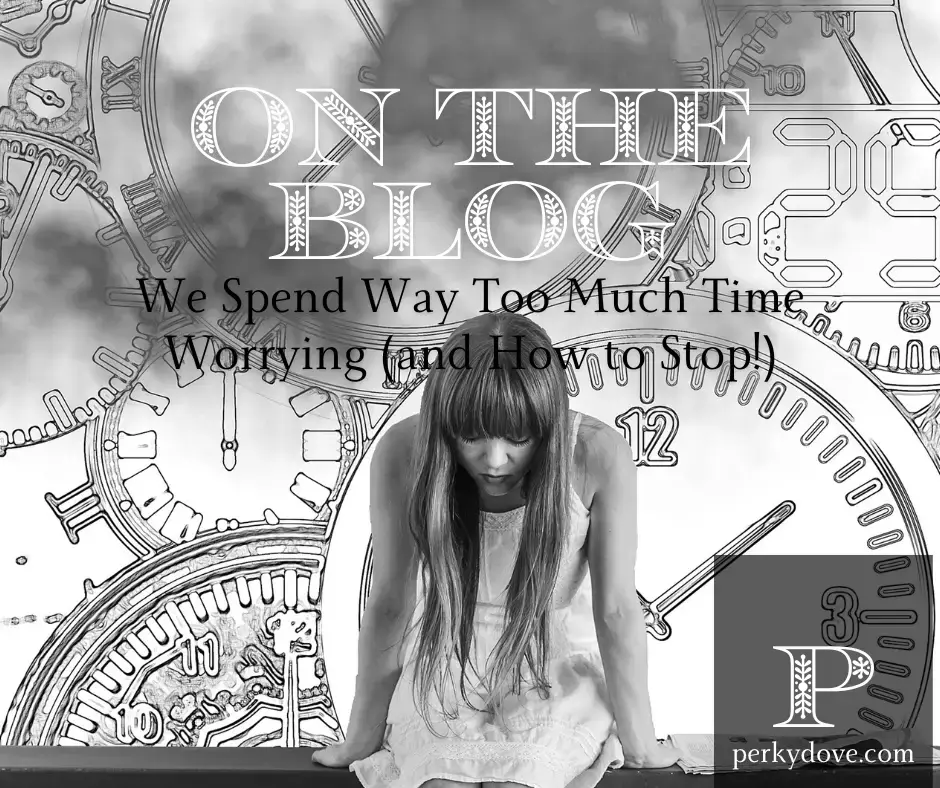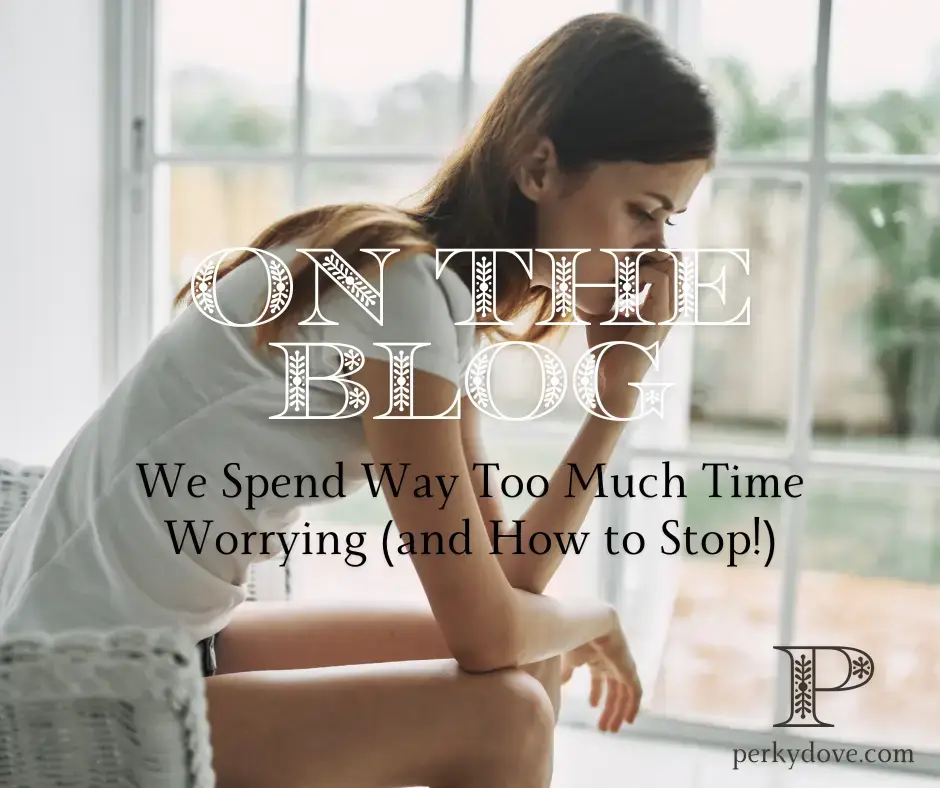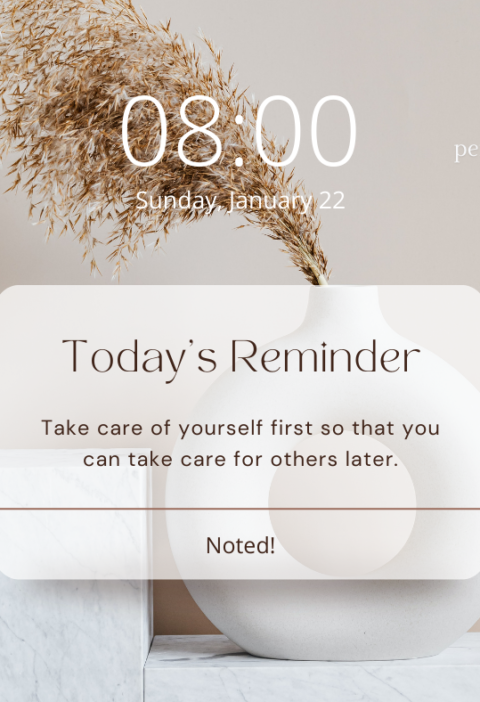
Did you know that, on average, we spend almost two hours a day worrying? Over a lifetime, that adds up to around five years spent stressing over things that may never even happen! It’s no wonder we often feel mentally drained and anxious. But here’s the good news: with a few small adjustments, you can take back that time and energy.
This beautifully designed journal offers 30 pages of vibrant, personalized content, thoughtfully crafted to inspire and support your health journey. Each page is filled with colorful prompts and engaging activities to help you reflect, set goals, and track your progress in a fun and meaningful way.
The Worry Loop Worrying comes naturally—our brains are hardwired to anticipate threats, but often that tendency goes into overdrive. Most of our worries revolve around things outside of our control, which makes them even more draining. It’s a vicious cycle: the more you worry, the harder it is to focus on solutions, leading to even more anxiety.

How to Break Free from the Worry Trap
The key to reducing worry is to focus on what’s within your control. This shift in mindset may seem small, but it has a massive impact. Here are a few ways to start reclaiming those hours of lost worry time:
Time-Tested Methods for Conquering Worry— by: Dale Carnegie
-
Identify Your Worries: Make a list of your worries, then ask yourself: “What can I control here?” Cross off anything outside of your control—this helps separate what’s actionable from what isn’t.
-
Take Action on What You Can Control: Focus your energy on the small steps you can take. This sense of agency helps reduce worry, as you’re actively addressing the issue.
-
Practice Mindfulness: Worrying often takes us out of the present moment. Ground yourself with mindfulness exercises like deep breathing, meditation, or a simple walk outside. These practices bring you back to the now, where worry can’t thrive.
-
Set a Worry Time: Instead of letting worry take over your day, set aside a specific time to address your concerns. This could be 15 minutes in the evening where you allow yourself to think through your worries, then move on. It’s a mental boundary that helps keep anxiety at bay.
A Final Thought
Worry will always be a part of life, but it doesn’t have to control you. By shifting your focus to what’s in your control and incorporating mindfulness into your day, you can regain precious time and live more freely.
Take Control of Your Worry
If you’re ready to take back those hours lost to worry, start today! Sign up for my newsletter, where I share practical tips and strategies to help you reduce anxiety, stay mindful, and take control of your mental well-being.
Get My Free Newsletter Today!







